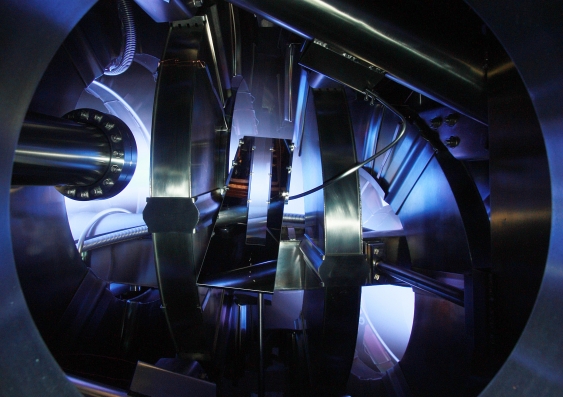Innovation’s flying start; where now?
The National Innovation and Science Agenda released by Malcolm Turnbull this week is the first important step along the path to significant structural change in Australia’s economy, writes Les Field.
The National Innovation and Science Agenda released by Malcolm Turnbull this week is the first important step along the path to significant structural change in Australia’s economy, writes Les Field.

OPINION: The National Innovation and Science Agenda released by Malcolm Turnbull this week is the first important step along the path to significant structural change in Australia’s economy.
The agenda invites us to contemplate our future, and how we might get there. It is not a plan to solve grand challenges, like climate change or curing cancer; rather, it seeks to nurture an integrated innovation system that attacks big and small problems from all sides and drives growth.
The agenda’s 24 measures contain all the right messages and many of the right incentives to promote closer engagement between researchers and industry.
This framework, we hope, will lead to more Australians pushing innovative ideas, services and products into the economy. That is exactly what Mr Turnbull hopes will be the key to maintaining Australia’s high standard of living.
As the Prime Minister made clear on Monday, he and his Cabinet colleagues want an “ideas boom” and they want to kickstart it now.
We applaud the decision to finally put some long-term support behind our crucial research infrastructure, which has been at risk from stop-start funding — innovation is stifled without the right tools.
The measures contained in the innovation statement approach innovation from several different angles. We applaud the decision to finally put some long-term support behind our crucial research infrastructure, which has been at risk from stop-start funding — innovation is stifled without the right tools. There are also significant economic incentives helping business to take greater advantage of Australia’s strengths in science and innovation.
And we have a whole-of-government approach to science and innovation, through a new Cabinet committee with responsibility for science and innovation, as well as a new Innovation and Science Australia Board.
With the high-level support and involvement of business-minded people like Innovation and Science Australia chairman Bill Ferris and incoming Chief Scientist Dr Alan Finkel, we can hope that management of spending will be co-ordinated across the dozen federal departments currently administering the government’s $9.7bn annual science and innovation spend.
So how will the innovation agenda and its $1.1 billion in funding for the CSIRO, medicines development, business incentives and preschool to university science, maths and technology education translate into a new national economy?
To gain the trust and the buy-in of business and the research sector, it is absolutely essential that the programs and policies announced this week are in place for the long term — as is the case for the most successful programs in other countries — without the constant underlying threat of the rug being yanked at the drop of an election.
The fact that both major parties share much in common in the innovation space augurs well for a bipartisan approach which could stand the test of time.
But to succeed, the agenda will need strong buy in from federal and state governments. Victoria and Queensland most notably, have made significant commitments to science and innovation over recent years, and we look forward to a truly national effort from all arms of government. Local governments also need to encourage regional connections between the creators and the users of new knowledge — strengthening local communities and economies in the process.
There are further essential elements required to complete the delivery of a high-functioning innovation system. The government’s plans do provide significant new investment in a range of areas, but as outlined by the Academy of Science recently areas that will need further support include science and maths education, improving our ability to retain talented scientists in Australia and a careful balance between fundamental and applied research.
With the new focus on innovation and science, we do have a real chance of creating a new and exciting future. Through innovation we can expect improvements in the productivity of key industries, the creation of new industries, real advances in looking after our environment and the elimination of life-threatening diseases. If we succeed, our children and the generations to follow will continue to enjoy a high standard of living, with real opportunities to prosper and thrive.
An innovative Australia will apply new knowledge to deliver social and economic advances for the whole community. In an innovative future, our prosperity will allow us to continue to choose our own destiny.
Professor Les Field is Secretary for Science Policy at the Australian Academy of Science, and Vice-President & Deputy Vice-Chancellor (Research) at UNSW.
This opinion piece was first published in The Australian.